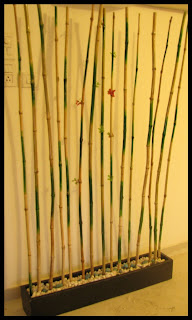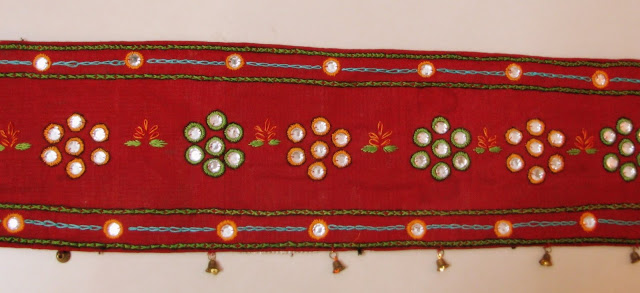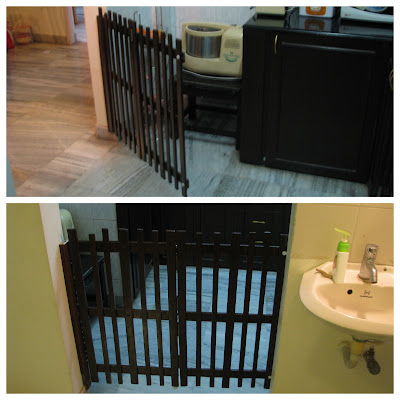What is Sanding ? It is is a tedious, yet a necessary activity in the process of woodworking. Using a sanding block is much convenient than trying to sand with the sand paper folded. The block allows for easier application and equal distribution of pressure on the piece of wood and hence gives better results.
P.S. Linking in : Kreative Korner
- Somu
 |
| How to make a sanding block at home |
Though sanding blocks are commercially available, you can make one at home.
- You would need - A palm sized scrap piece of wooden block. If not, even a detergent bar would do. A Scorch bite (Cork is normally recommended) for the smooth underside to lighten the impact on wood. A screw / nail for a better hold.
- Stick the scorchbite onto the block using fevicol. The screw / nail is drilled into the top of the block.
- The nail / screw is primarily for a better hold when sanding. It allows for an easier grip of the entire block between your fingers.
- Insert a small chunk of sponge around the nail / screw to protect your fingers from possible irritation / pain.
- Cut the sand paper to a width longer than the block for you to hold it during the process of sanding. While a folded sand paper serves the purpose, it can put lot of strain on your arms. You would most certainly find it easier now to sand flat surfaces using the block.
~ Somu
P.S. Linking in : Kreative Korner






















